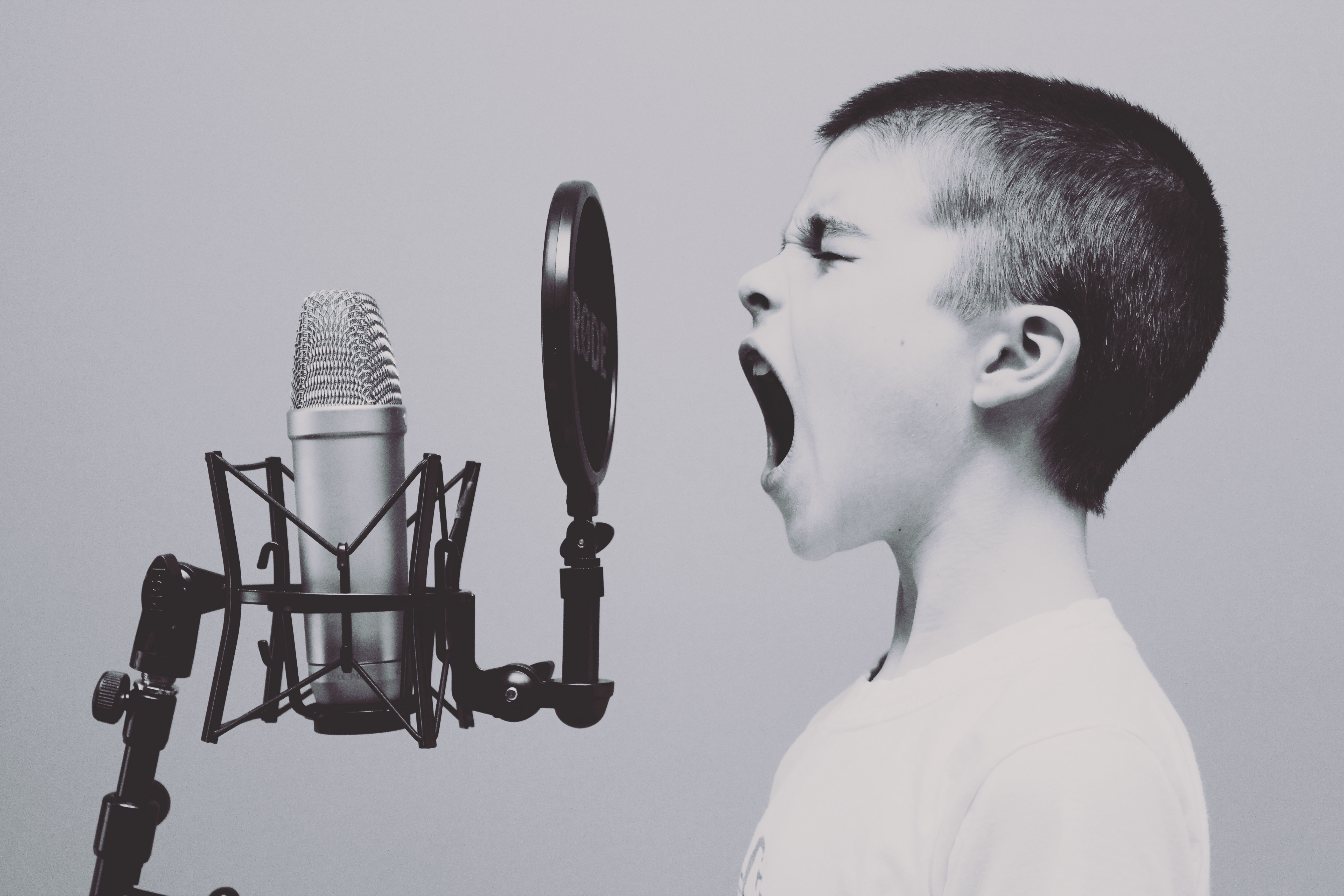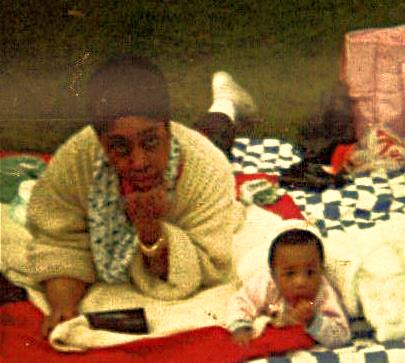
In 1965, mothers spent a daily average of 54 minutes on childcare activities, while moms in 2012 averaged almost twice that at 104 minutes per day. Fathers’ time with children nearly quadrupled — 1965 dads spent a daily average of just 16 minutes with their kids, while today’s fathers spend about 59 minutes a day caring for them.
Parents fifty years ago spent less time with their kids than parents today. That’s a bit surprising since it was more likely for a mom to stay at home back then and people, in general, worked fewer hours, yet somehow parents didn’t use their extra time back in the day to spend with their kids.
How is it that parents spend more time with their kids today than in the past? And how is it that increased parental involvement -which usually means better outcomes for kids, has occurred in the same time period in which childhood psychopathology has increased? From a basic human point of view, the more scarce time is the more you’ll try to jam pack into it. So maybe precisely because parents have less time, in general, they attempt to spend that extra time with their children.
Then there’s the fact that these days a lot of marriages end in divorce. The time that you might have allotted to your spouse now gets allocated to kids. But there’s also something else -people are quite afraid to let their kids be kids.
In today’s world, the idea that you’d simply let your child go outside and play is losing traction. Going outside to play has been replaced with organized activities and accompanying parents, hanging out with neighborhood kids has been replaced with organized play dates and accompanying parents.
And this may also answer my secondary inquiry -could it be that in our modern environment children are increasingly being treated like adults and therefore once innocent childlike behaviors are seen as serious cause for concern? Maybe a part of preserving childhood is the adult’s ability to tune out children. Kids are noisy, weird, a bit too talkative and a myriad of other characteristics that aren’t acceptable for adults. But if we give them a bit of space the kinks will probably work themselves out.
Bipolar disorder -a mood disorder in which you move between euphoria and depression, changed is diagnostic qualifications for kids in the 1990s to include children who had highs and lows in a matter of minutes -instead of weeks at a time as diagnosed for adults. Unsurprisingly this led to an increase in the disorder being diagnosed in children and them subsequently being prescribed medication for it, yet the behavior -going from crying one minute to being elated the next, isn’t new in children -but the way we view it is.
ADHD is another questionable disorder that has had a dramatic rise in children -kids not being able to pay attention for very long is nothing new. The adults viewing the children and their environment is what’s new, kids are still just kids. Maybe -and this feels ironic to say as someone who undoubtedly supports stay at home moms, especially in the early days of childhood, it might be said that one skill needed in in all caregivers is the ability to tune kids out. Maybe we need to spend less one on one time with them -while still being available, so we’re not so stressed out by their mood swings that we go to the nearest doctor to medicate them.
And it’s also true -though I won’t expand on it much now, that our environments have changed too dramatically and become far too unfriendly for children. Maybe we ought to forget spending more money on computers in the classroom and instead invest that money into playgrounds. It’s not normal for children to have the pressure of adults hovering over them so often and increasingly have little time to just be kids, use their imagination, explore their surroundings and have some screen free fun.
_________
Want to learn more about childhood and society? See my upcoming course, here: nooralshadhili.com/childhoodandsociety





Recent Comments